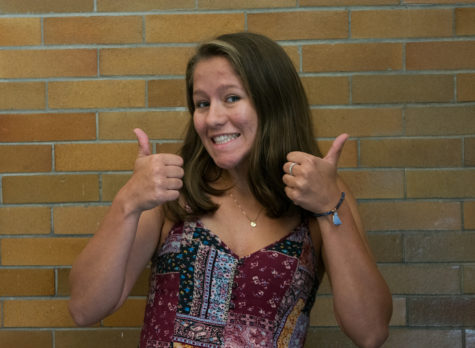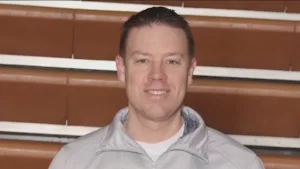TRIMMING SHEETS
Paper cutback saves money
November 15, 2016
As a teacher who prints about 1,000 sheets of paper each week, chemistry teacher Megan Marrs has racked up quite a few dollars on ink and paper, and she’s not the only one. Due to the district asking their buildings to find a way to save $1,000,000 collectively, DGN has made the decision to cut back on paper production.
Last year, the district spent $55,000 on paper alone. On top of that expense, the district pays for ink, toner and printers. According to associate principal Ken Sorensen, there are about 150-200 printers at DGN alone, most of which are desktop printers which cost more due to the fact that they are almost always plugged in.
“Our goal is to reduce and to have a solution that helps us consolidate printing and copying in a way that reduces cost, reduces output of paper, is environmentally friendly and cost friendly,” Sorensen said. “It’s a convenience to print so we want to make sure people can still print. So that’s a tough balance and that’s what we’re trying to finalize right now.”
One of the ways they plan on accomplishing the cut back is by removing printers and making students and teachers print to a community printer instead of individual classroom printers. Sorensen acknowledged that this plan will be less convenient for teachers and students.
“We have to look carefully at that. We don’t want to take away what’s needed. We have some speciality printers that we need to keep and there are some areas that we need to make sure kids can print to if needed,” said Sorensen.
In addition to the reduction of printers, teachers will be asked to cut back on paper usage in their curriculum. Junior Ryan Chan is concerned about how his grades will be affected if paper usage is diminished in his classrooms, specifically in more math based classes.
“It’s probably going to be really rough since in AP Chem, for example, there’s a lot of notes and I need them to study for my tests and quizzes, so my grade would probably go down if I didn’t have as much paper,” Chan said.
Marrs teaches five chemistry classes per day and prints about 180 sheets of paper per day. Due to the fact that chemistry involves math skills, Marrs says that it would be difficult to move her lessons online. Additionally, her Chemistry 300 classes do not have a textbook, so notes are often printed on paper.
“I’ve just gotten more creative about making sure everything is double sided, like if I would use one sheet one sided I now use a half sheet double sided, so then I use half the amount of paper,” Marrs said. “I’ve tried moving digitally for some things, but I really do think that paper copies are helpful for students.”
The cut back on these resources, although less convenient for students and teachers, is a necessary change that will help the District save $1,000,000.


























